Cardiac arrest is when your heart suddenly stops beating, which means an immediate loss of heart function, breathing, and consciousness, usually caused by an abrupt change in the heart rhythm. Sudden cardiac arrest is the largest cause of natural death in the United States and Canada, causing about 356,000 adult deaths in the United States each year. Globally, cardiac arrest is the most common cause of death compared to other life-threatening conditions.
Sudden Cardiac Arrest vs Heart Attack

Many people are confused about these two medical emergencies, and it’s important to know the difference.
- A heart attack happens when blood flow to a specific part of the heart muscle is blocked, either by a blood clot or a buildup of plaques (fats, cholesterol, and other substances) in and on your artery walls. Consequently, the heart muscle begins to die due to lack of oxygen.
- In contrast, sudden cardiac arrest is when a person’s heart suddenly stops pumping blood around their body, and they stop breathing. Cardiac arrest is not the same as a heart attack (myocardial infarction); however, a heart attack can trigger an electrical disturbance that leads to sudden cardiac arrest.
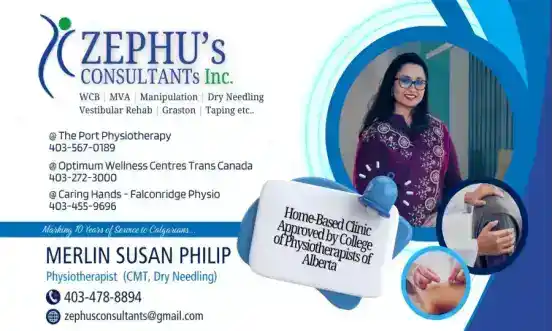
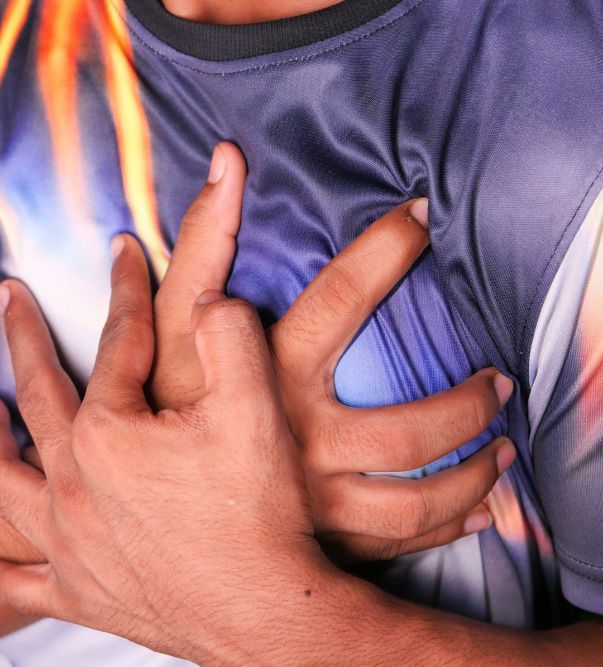
What are the symptoms of sudden cardiac arrest?
Cardiac arrest is sudden and drastic, usually without any warning signs. A person experiencing SCA will collapse suddenly due to the lack of blood flow to the brain, which is often the first and only symptom. Additionally, that person will lose consciousness, and a pulse or heartbeat cannot be felt simultaneously.
Sometimes there will be early warning signs which include:
- Chest pain or discomfort
- Shortness of breath
- Feeling dizzy
- Heart racing
- Fatigue or weakness
Do not ignore these symptoms; call 911 for immediate help.
What causes a cardiac arrest?
Most sudden cardiac arrests are due to an abnormal heart rhythm (arrhythmia), which occurs when the heart’s electrical activity becomes so chaotic that it disrupts the heart’s normal functioning. The most common life-threatening arrhythmia is ventricular fibrillation, which is an erratic, disorganized firing of impulses from the ventricles (the heart’s lower chambers). When this happens, the heart is unable to pump blood, and death will occur within minutes if left untreated.
Let’s discuss the heart conditions that can lead to sudden cardiac arrest:
- Coronary artery disease – a type of heart disease that develops when the arteries of the heart cannot deliver enough oxygen-rich blood to the heart due to the blockage of arteries with plaques (a waxy substance inside the lining of large coronary arteries).
- Myocardial Infarction (Heart attack) – refers to tissue death (infarction) of the heart muscle (myocardium) caused by ischemia.
- Valvular heart disease – when any valve in the heart has been damaged or is diseased.
- Hypertrophic obstructive cardiomyopathy (HOCM) – where areas of heart muscle become thickened and stiff and later lead to obstruction. It is usually passed down through families (inherited). Many affected individuals have no symptoms or have only mild symptoms; however, this condition can have serious consequences. Heart screening is highly recommended for individuals with a family history of HOCM.
- Enlarged heart chambers – conditions like left ventricular hypertrophy in which the thickening of heart chambers leads to the poor pumping action of the heart. If left untreated, it can later cause severe problems like sudden cardiac arrest.
- Congenital heart disease – a range of birth defects that affect the normal way the heart works. Congenital heart defects are among the leading causes of sudden cardiac arrest.
- Arrhythmia – When electrical impulses that coordinate your heartbeats don’t work properly, causing your heart to beat too fast, too slow, or irregularly.
- Recreational drug use – Substances like cocaine and amphetamine can cause sudden cardiac arrest in otherwise healthy people as well.
Who is at risk of sudden cardiac arrest?
Along with the heart conditions discussed above, other risk factors can increase the chances of getting a sudden arrest.
Other risk factors include:
- Smoking
- Sedentary lifestyle
- Obesity
- High blood pressure
- Diabetes Mellitus
- A previous episode of cardiac arrest
- History of previous heart attack
- Family history of heart disease
- Substance abuse
- Male gender
- Nutritional imbalance, such as low potassium or magnesium levels
- Obstructive sleep apnea
- Chronic Kidney disease
How is sudden cardiac arrest diagnosed?
SCA usually happens without any alarming symptoms and signs. It is usually diagnosed after it happens. If you survive sudden cardiac arrest, your doctor will do a detailed cardiac evaluation to learn what caused it to help prevent future episodes.
What should I do if I think I or someone had a sudden cardiac arrest?
- Call 911 – If you witness someone experiencing sudden cardiac arrest, immediately call 911 and initiate CPR.
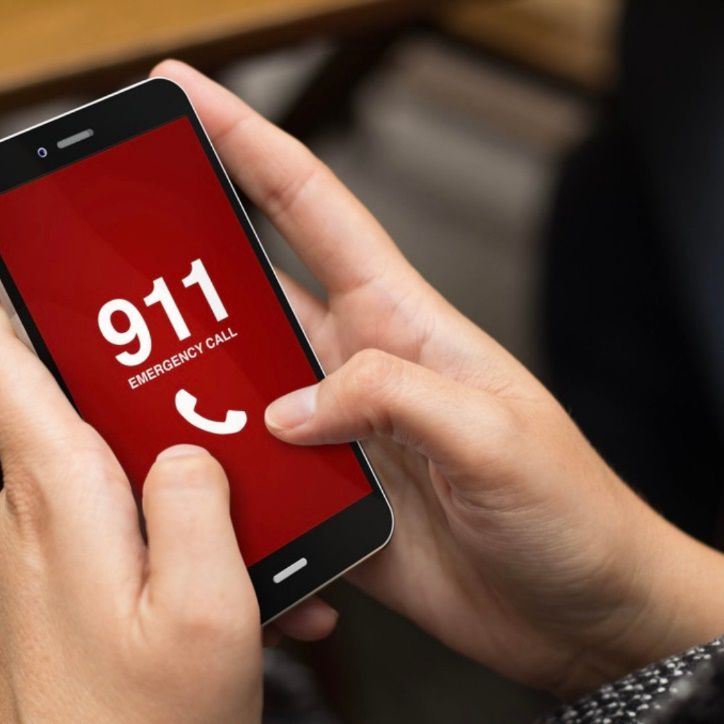
- Call-Push-Shock – When someone suddenly collapses and is unresponsive, they are likely having a sudden cardiac arrest. Don’t spend time trying to wake them up; they won’t, and your fast response is crucial. Start CPR as fast as possible (push hard and fast in the center of the chest; 100 to 120 compressions per minute).
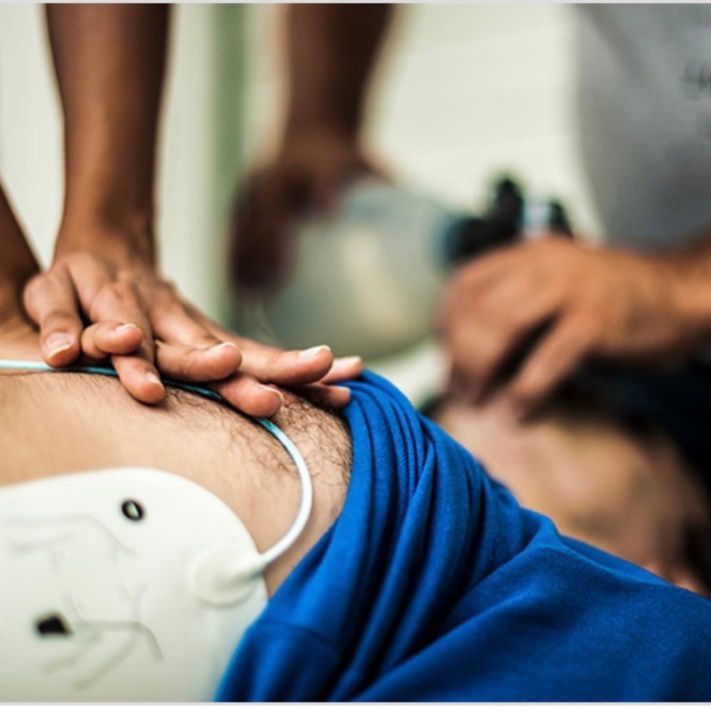
- Defibrillation – If an AED (Automated External Defibrillator) is available, defibrillation can be used to restart the heart (follow step-by-step audio/visual instructions). After successful defibrillation, most patients require hospital care to treat and prevent future cardiac problems.
How do we minimize the risk of sudden cardiac arrest?
Let’s talk about heart screening and other ways to prevent sudden cardiac arrest.
Heart Screening: The American Heart Association recommends cardiovascular screening for high school and collegiate athletes, which should include a complete and careful evaluation of the athlete’s personal and family history and a physical exam. Screening should be repeated every two years, and history should be obtained every year. Based on guidelines, individuals with a strong family history of heart disease should be encouraged to do routine cardiac screening. Men aged 40 and older and women aged 50 and older should also have an exercise stress test and receive education about cardiac risk factors and symptoms.
Risk Factor Modification: If you have any of the risk factors listed above, it is important to speak with your doctor about how to reduce your risk. Keeping regular follow-up appointments with your doctor, making certain lifestyle changes, and taking medications as prescribed can help reduce the risk of SCA.
Certain lifestyle changes include:
- Smoking cessation
- Losing weight if overweight
- Exercising regularly
- Following a heart-healthy diet
- Managing diabetes
- Managing other health conditions


Implantable Cardioverter Defibrillator: If you are a cardiac arrest survivor or someone at high risk of cardiac arrest due to ventricular arrhythmia, an ICD will be helpful to save you from SCA. An ICD is a small electronic device connected to the heart which continuously monitors and controls fast and life-threatening electrical activities of the heart.
Patient and Family Education: Awareness of sudden cardiac arrest warning signs and the ability to recognize them will make the difference between life and death. Inform the signs and symptoms of sudden cardiac arrest to friends and family members to act immediately when you are at risk of an SCA event.
Dr. Sneha Annie Sebastian, Calgary
![]()

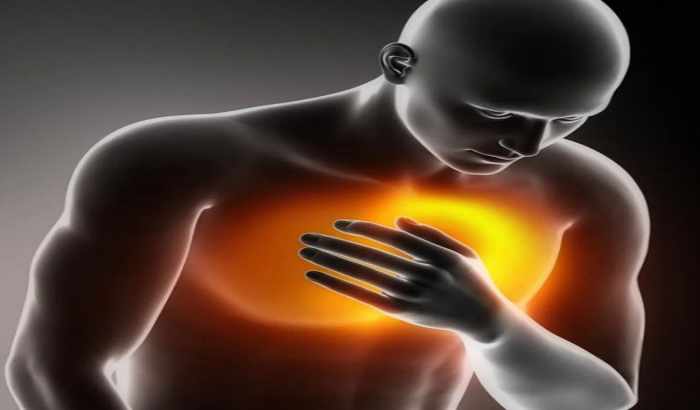

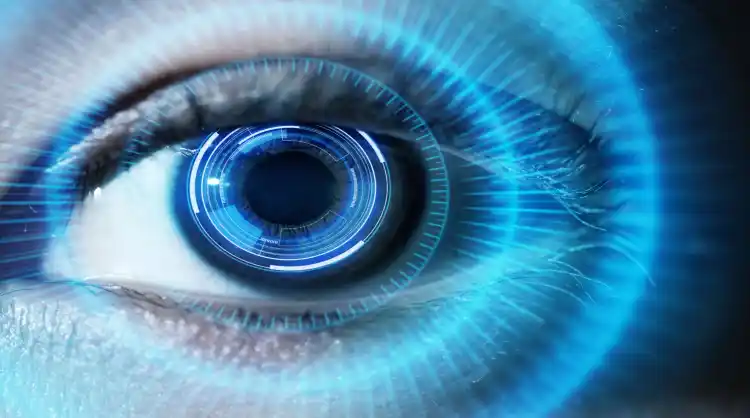




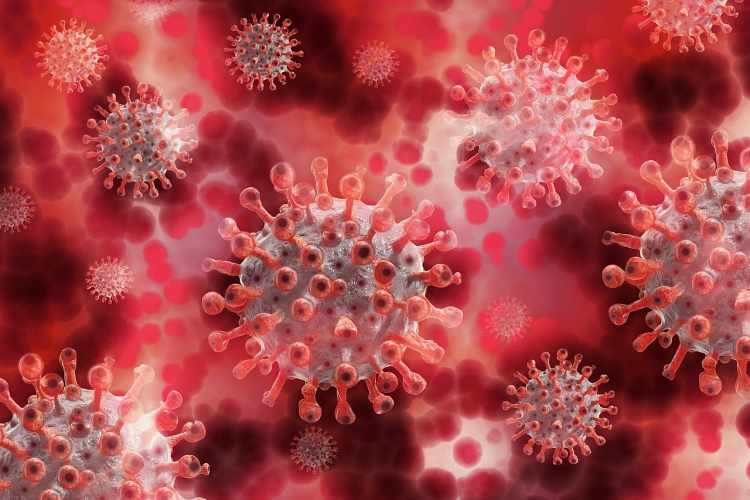
Leave a Reply